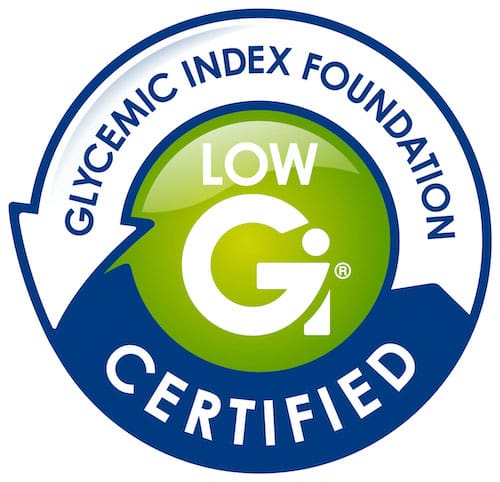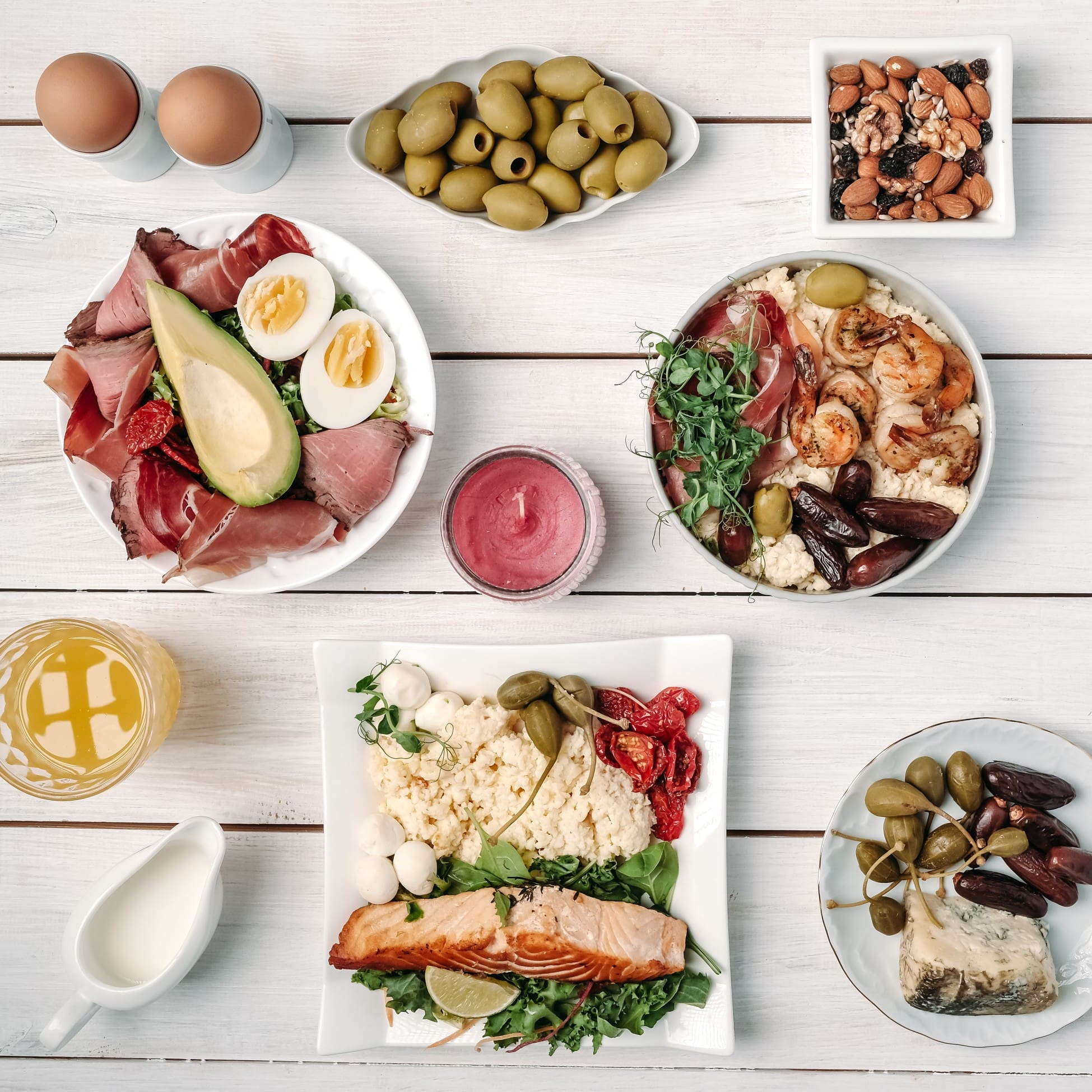Your blood sugar rises and fall throughout the day, playing a big role in how energised we feel. One of the biggest factors affecting our energy levels is the food we eat, particularly the type of carbohydrate foods. Just like a car your body needs the right fuel to keep finely tuned and in peak performance.
Blood glucose in the body
Your body prefers carbohydrates as the main fuel (energy) source. When you eat carbohydrate foods your body converts them into glucose in the bloodstream. The glucose is absorbed from your intestine and becomes the fuel that circulates in your blood stream.
Blood glucose (or blood sugars) level (BGL) is the concentration of glucose in the bloodstream. If you haven’t eaten over the last few hours, your blood glucose levels will normally fall within the range of 3.5 – 6 mmol/L. After eating your blood glucose will rise but it will rarely be above 10 mmol/L (if you don’t have diabetes).
Once glucose levels in the blood rise after a meal, the pancreas receives a signal to release a hormone called insulin. Insulin then drives glucose out of the blood into the cells. Once inside the cells, glucose is transported into various pathways and used either as a source of energy or converted to glycogen (a storage of glucose in the cells) or to fat.
Download the What is GI? infographic here.
Understanding Glycemic Index
Carbohydrates are one of the biggest influences on your blood glucose levels. Different carbohydrate foods will have dramatically different effects on your BGL’s. The tool to help you choose the right carbohydrates is the glycemic index or GI.
GI is a ranking of carbohydrate foods from 0 – 100. The GI of a food reflects how fast its carbohydrates hit the bloodstream. High GI carbohydrates break down quickly after eating causing your blood glucose to rise and crash. Low GI carbohydrates break down slowly releasing glucose more steadily into the bloodstream.
Choosing low GI carbohydrates is one the secrets to long-term good health, reducing your risk of type 2 diabetes and heart disease. It’s also one of the keys to maintaining good blood glucose control.
Healthy Low GI Swaps
Eating the Low GI way is simple – there is no need to count numbers or eat low carbohydrate foods. It’s as easy as swapping high for low GI.
| Higher GI | Swap for Lower GI |
|---|---|
| Soft White Breads | Authentic Sourdough |
| Light and airy wholemeal and white breads | Dense, wholegrain/multi grain breads such as Burgen, Tip Top 9 Grain, Helga’s Lower Carb ; Breads with the Low GI Symbol; Low GI Corn Tortillas and Wraps |
| Refined and processed breakfast cereals | Rolled oats, natural or Bircher muesli, Low GI Symbol cereals |
| Potatoes , mashed, fried, chips | Carisma™ Potatoes, Sweet Potatoes, parsnips, corn, lentils, chickpeas, kidney, cannellini, baked beans |
| Jasmine, Arborio, Calrose, short grain brown or white rice | SunRice low GI Doongara white or brown rice, basmati, prepared sushi made from traditional Japanese rice |
| Polenta, millet | Pasta cooked ‘el dente’, soba noodles, pearl couscous, buckwheat, quinoa, barley |
| Savoury crackers, crispbreads, doughnuts, rice cakes and crackers, processed fruit bars, confectionary | Fresh fruit such as apples, pears, bananas, grapes, kiwi fruit, berries, wholegrain crackers, dried fruit and nuts, plain and fruit yoghurts, nut, seed and grain based bars |
| Cordials, soft drinks, Sports drink | Water, 100% fruit juice (limit to 150ml), reduced fat milk and soy drink, fruit smoothies |
Look for the GI Symbol

The Symbol is your guarantee that the GI value is accurate, it has been reliably tested in a laboratory and meets strict nutritional criteria. Look for it when shopping to ensure that you are making a healthy low GI food choice.
Easy ways to manage your blood glucose levels
- Eat Regularly – don’t skip meals and space meals and snacks evenly throughout the day
- Keep Carb Portions moderate – watch the size of your portions. Even a large portion of low GI foods will have a large impact on your blood glucose levels.
- Follow the ‘Low GI Healthy Eating Plate’ – a ¼ of your plate should include healthy low GI carbohydrates; ¼ of your plate lean protein foods and ½ of the plate salad and non-starchy veggies.

- Include Low GI foods in each meal – enjoy at least one low GI healthy food at each meal using the plate guide which will help lower the overall GI of your diet.
- Make time for exercise – Aim for 30 minutes of activity everyday to help improve blood glucose control and overall health.
For more ideas including healthy recipes and a Simple Swap Tool from the Glycemic Index Foundation, visit www.gisymbol.com





